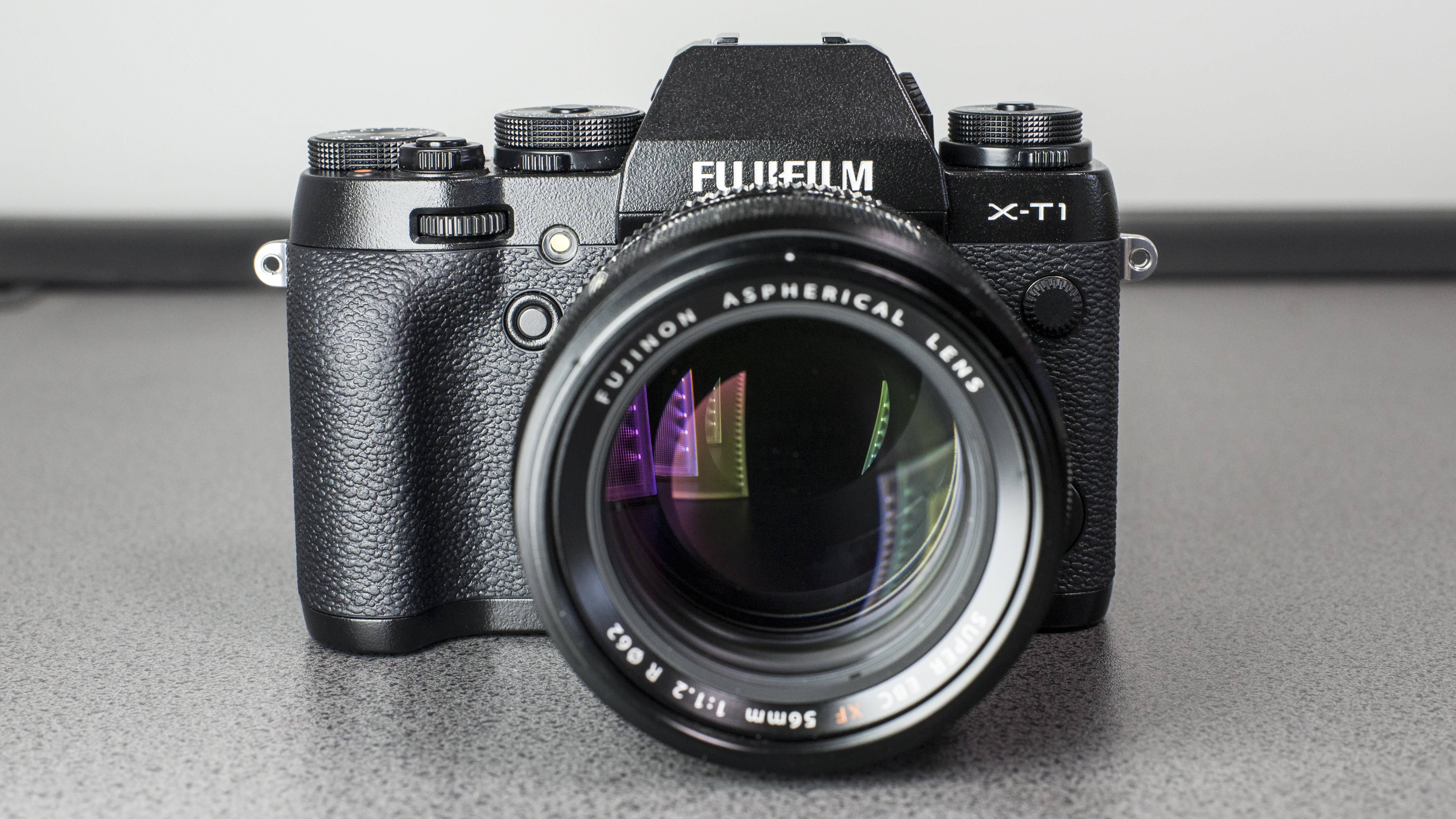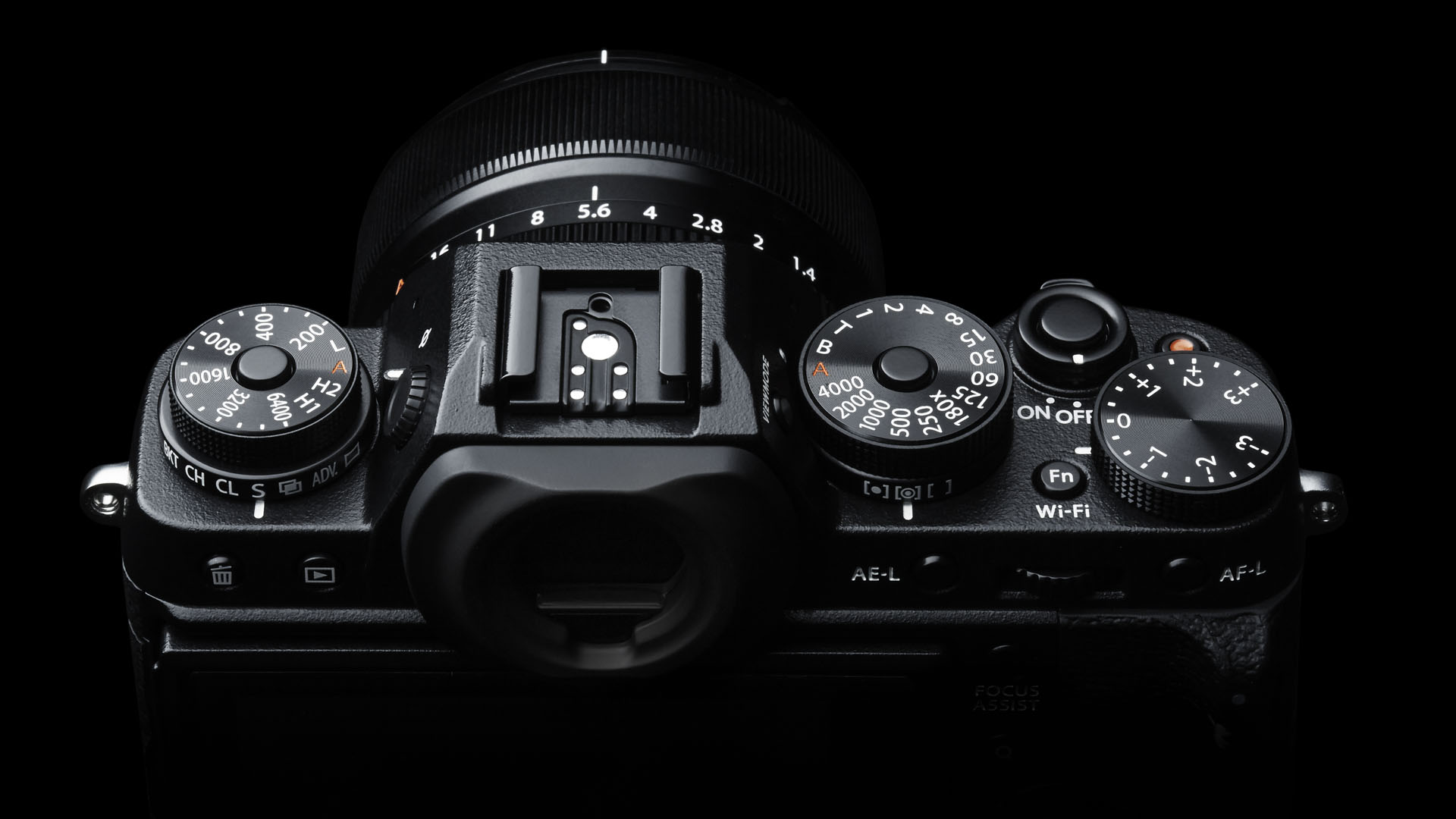Why you can trust TechRadar
We have been big fans of all the cameras in the X series. Fuji really has a handle on producing cameras with retro styling that produce excellent results, and just a few short years after the first in the line, the X-T1 is another wonderful addition to the line-up. Fuji is not short of fans of its style, and it's easy to see why.

Using the X-T1 is quite simply a joy. It's a return to an old-fashioned way of working, but it's less fiddly than the Nikon Df, which is crafted in the same vein. It's also significantly cheaper than that camera – although of course the sensor is smaller.
The XT-1 came with pretty high hopes as it features the same sensor as the X-E2, which scored very highly here (and elsewhere). Happily, we have not been disappointed by the X-E2's image output. Pictures are bright and punchy, with beautifully saturated colours and lots of detail.

There's so much to like about the X-T1 that it's tricky to find something to complain about, which is refreshing. There will be those that bemoan the lack of a second SD card slot, but Fuji says that adding an additional one would have added unwanted bulk to the camera. We're inclined to agree with that, and the availability of cheap, high capacity cards, make this less of a problem than it once was.
Lack of a touch screen is something else we always find amiss, but here on the Fuji, it's not quite so lacking as on other cameras. The button and dial layout is just so intuitive. It's a slightly long-winded process to set an autofocus point, but's it not too bad.

It's good that Fuji has included Wi-Fi connectivity on the X-T1, as it seems to be that some manufacturers think of this feature as for beginner photographers only. Enthusiasts are just as – if perhaps not more likely – to want to share an image they've just taken straight on social networks, so it's nice not to have to wait until you get home to do that. The app (we tested it on an iOS device) is also easy and quick to use, which is always a bonus.
Electronic viewfinders have suffered a bad press in the past, but the X-T1 is one of the best ones on the marker to date. It's clear, bright and functional. And while there are downsides to using an EVF over an optical equivalent, it's also true to say that there are a lot of benefits too, not least a live update of how changes made to settings will affect the final image quality.
We liked
With so much to like about the X-T1, it's difficult to pick just one thing. However, what stands out most about this camera is of course its retro styling and manual control dials and buttons. These not only look the park but make using the camera intuitive, and a joy.
We disliked
Happily this is one of those occasions where it's difficult to pick something to dislike about a camera, but if we have to pick something, it'll be that it doesn't focus as quickly as DSLRs (when using a DSLR's viewfinder), most noticeably in lower light situations. This may or may not be a problem for you, depending on the kind of thing you shoot, though. And you may find other things about the camera which outweigh that problem.
Verdict
Well, Fuji has done it again: produced a camera that is not only beautiful, but is capable of producing some superb images. We can see this being top of many a photographer's lust list, and for good reason – it's top of ours too.
The TechRadar hive mind. The Megazord. The Voltron. When our powers combine, we become 'TECHRADAR STAFF'. You'll usually see this author name when the entire team has collaborated on a project or an article, whether that's a run-down ranking of our favorite Marvel films, or a round-up of all the coolest things we've collectively seen at annual tech shows like CES and MWC. We are one.
